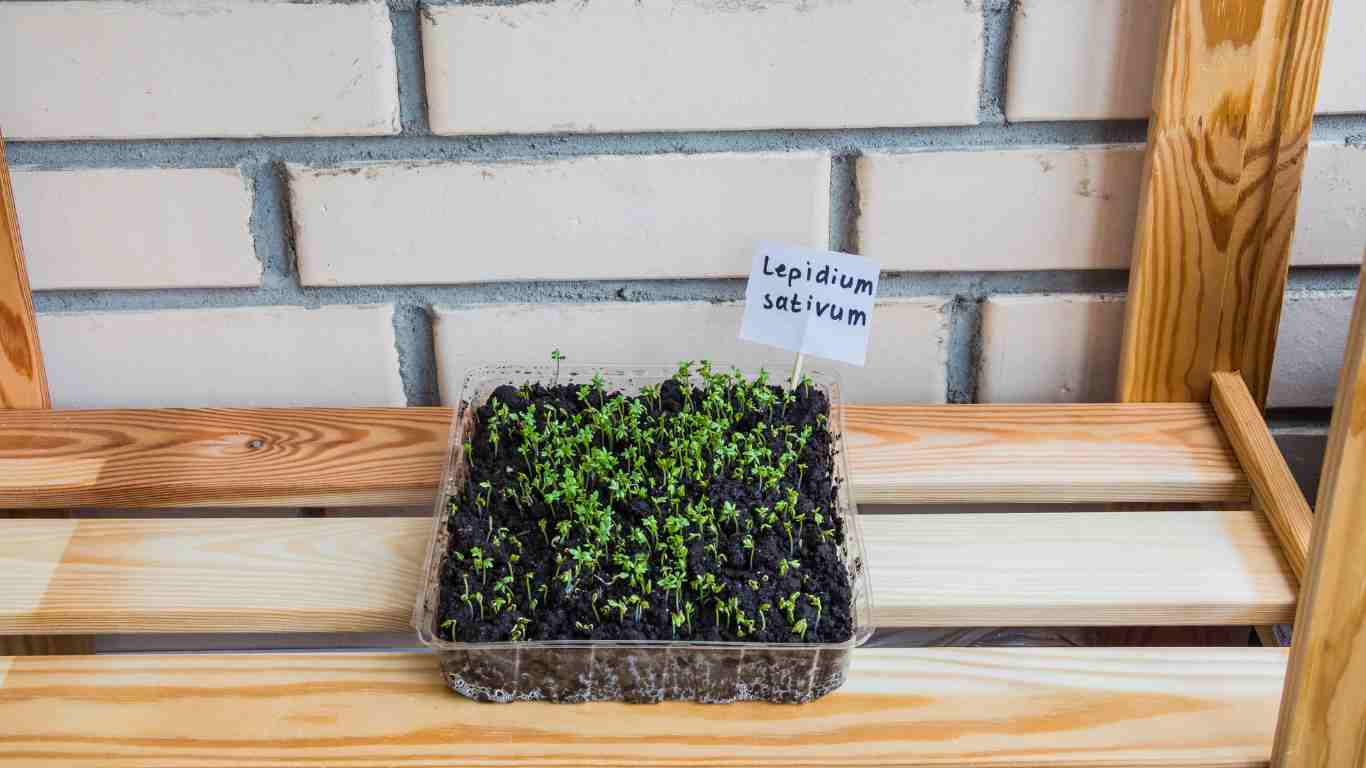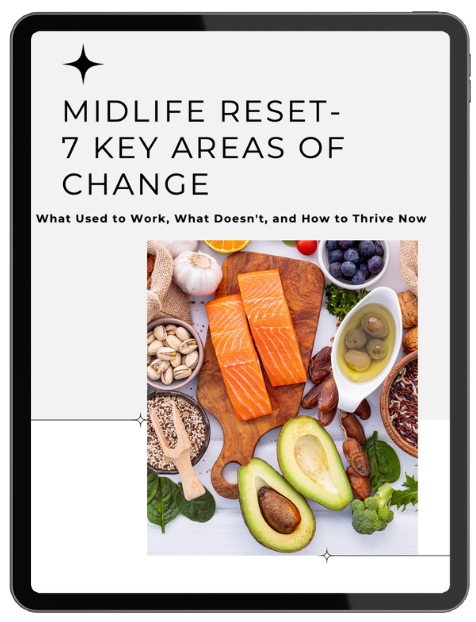Are you a city dweller with limited outdoor space?
Or perhaps you want to exercise your green thumb during those long, chilly winters?
Well, fear not! I’m here to show you the ins and outs of growing your vegetables indoors.
Yes, you heard me right-indoors! Whether you have a sunny windowsill, a spare room, or even a tiny apartment, you can enjoy the joys of gardening and savour the taste of homegrown veggies all year round.
So grab your gardening gloves and dive into indoor vegetable gardening!
Choosing the Right Vegetables
Choosing the appropriate vegetables is essential for indoor gardening success.
While some plants thrive outdoors, others are better suited for the cosy confines of your home.
Opt for vegetables that don’t require extensive space or full sunlight. Leafy greens like spinach, lettuce, and kale are fantastic options.
You can also try growing herbs such as basil, thyme, or mint, which add flavour to your dishes and make your space smell delightful.
Providing Adequate Light
Without abundant natural sunlight, indoor plants rely on artificial light sources. Investing in a good-quality grow light is crucial to replicate the sun’s rays and ensure your plants receive the necessary light for photosynthesis.
LED grow lights are well-liked because they use less energy and produce the correct type of light for plants to grow.
Remember to position the lights close enough to the plants, typically 6-12 inches away, and adjust the height as the plants grow to maintain optimal light exposure.
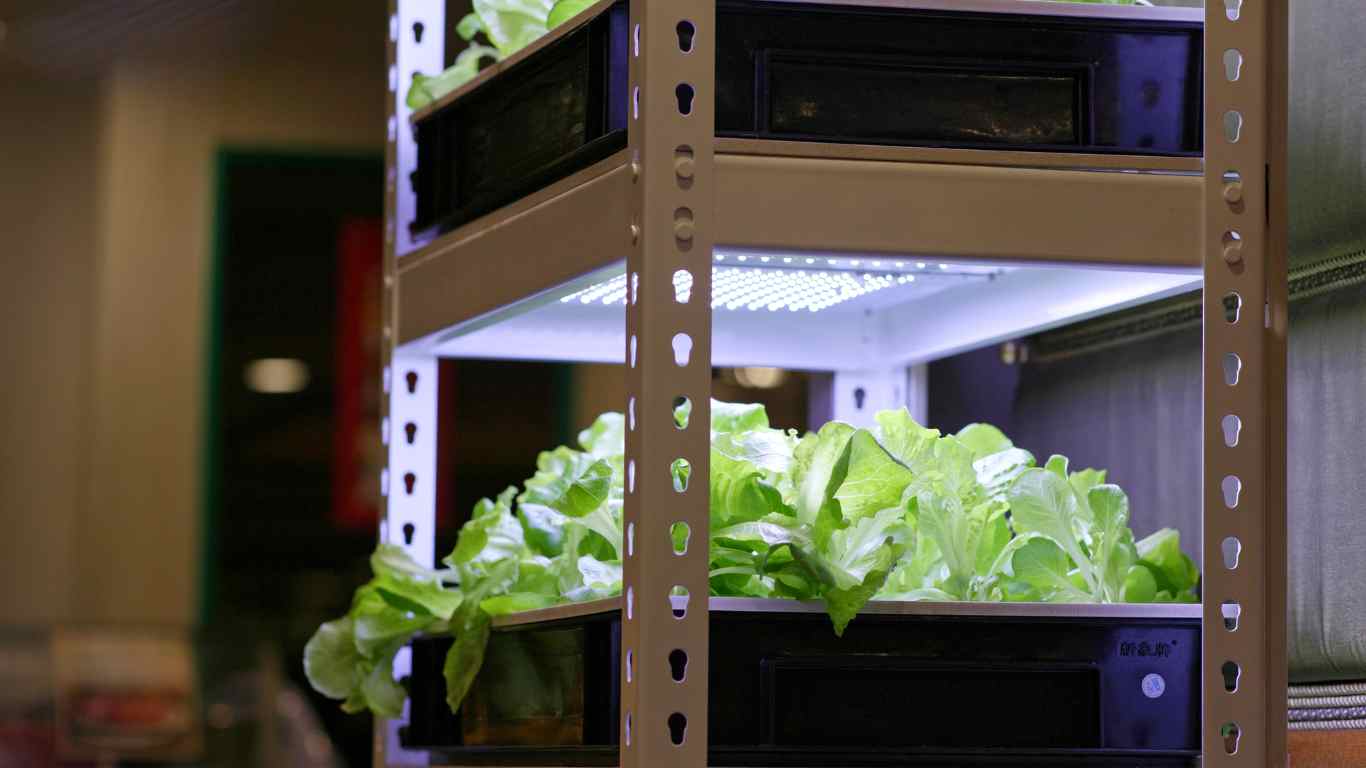
Choosing the Right Containers
In indoor gardening, picking the appropriate containers
is about more than just how they look.
Search for containers that have holes for draining water to avoid waterlogging, as having too much moisture can cause root rot.
Opt for pots or containers made of plastic, ceramic, or clay, depending on your preference and budget. If space is a concern, vertical or hanging planters can be a fantastic solution, allowing you to maximise your available space.
Creating the Ideal Growing Environment
Apart from light, temperature and humidity are vital factors in indoor gardening. Most vegetables prefer temperatures between 65-75°F (18-24°C).
However, it’s crucial to consider the specific requirements of each plant. Keep a thermometer nearby to check the temperature, and make sure not to position your plants close to drafts or heat sources.
Proper humidity levels can be maintained by misting the plants regularly, placing a tray of water nearby, or using a humidifier if needed.
Watering and Fertilizing
Watering indoor plants can be a little challenging because they lack the natural water supply that outdoor plants enjoy.
The key is to strike a balance between under-watering and overwatering. It’s best to water your plants when the top inch of the soil feels dry. Remember to water the plants thoroughly, ensuring the water reaches the roots.
As for fertilisers, organic options like compost tea or fish emulsion work wonders. Apply them according to the instructions, typically every few weeks, to give your plants the necessary nutrients.
Regular Maintenance and Pest Control
Just like their outdoor counterparts, indoor plants require regular care and attention. Regularly inspect your plants for indications of pests, like aphids or spider mites.
Should you spot any unwelcome guests, you can utilize natural solutions like neem oil or insecticidal soap to keep them away.
Additionally, watch for yellowing leaves, indicating nutrient deficiencies or other issues. Pruning and removing dead leaves are essential for maintaining plant health and promoting new growth.
Enhancing Air Circulation
Good air circulation is crucial for the well-being and development of indoor vegetable plants.
In an enclosed indoor environment, stagnant air can increase humidity levels and the risk of fungal diseases.
Consider placing a small fan near your indoor garden to enhance air circulation. The soft breeze produced by the fan aids in strengthening plant stems and prevents the growth of mold or mildew.
Alternatively, you can open a nearby window periodically to allow fresh air to circulate. Providing fresh air to your plants will help them thrive and create a pleasant atmosphere for you to enjoy.
Utilising Vertical Gardening Techniques
Going vertical is a fantastic solution to maximise indoor gardening potential when space is limited. Vertical gardening allows you to grow vegetables upwards, utilising wall space or vertical structures.
One popular method is installing a vertical garden system, such as a hanging planter or a wall-mounted pocket planter. These systems allow you to grow vegetables, like cherry tomatoes, cucumbers, or peppers, without occupying much floor space.
Vertical gardening adds an aesthetic touch to your indoor environment, transforming your walls into living, green tapestries.
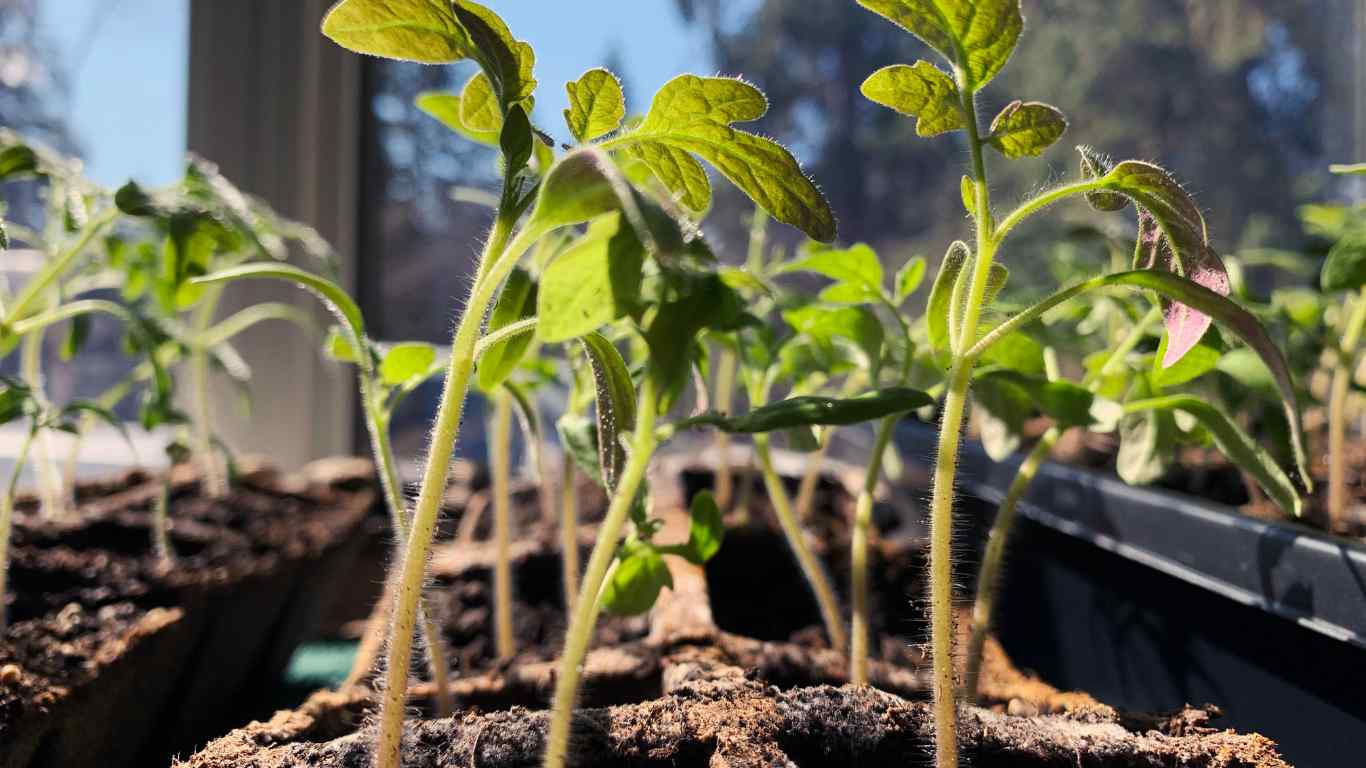
Managing Pollination
One crucial aspect of indoor vegetable gardening is ensuring proper pollination for fruit-bearing plants. In an outdoor setting, insects and wind play a significant role in pollinating plants.
However, indoors, you need to take on the role of nature and manually assist in the pollination process. For plants like tomatoes, peppers, or eggplants, gently shake the stem or tap the flowers to release the pollen.
You can also utilize a small paintbrush or cotton swab to move pollen from one flower to another.
By mimicking the actions of bees or wind, you’ll help your vegetable plants produce healthy and abundant fruits.
Expanding Your Indoor Garden
Once you’ve mastered the art of growing vegetables indoors, why not explore further possibilities to expand your indoor garden?
Consider experimenting with different varieties of vegetables or herbs to add diversity to your garden.
For instance, you can grow colourful bell peppers, zucchini, or even dwarf fruit trees like citrus or figs.
Alternatively, you can venture into microgreens-nutrient-packed baby plants harvested when just a few inches tall. Microgreens like broccoli, radish, or sunflower shoots can be grown in shallow trays and are a delicious addition to salads, sandwiches, or smoothies.
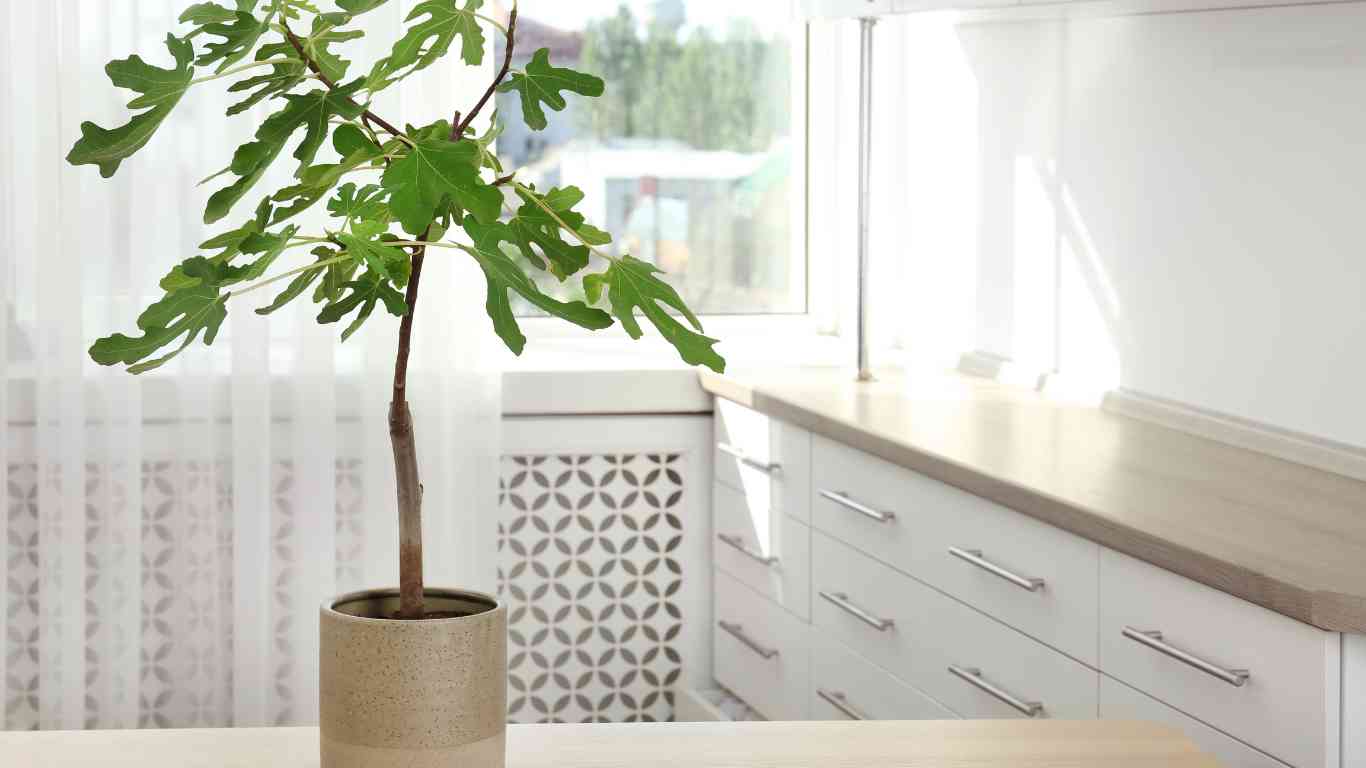
Conclusion
Congratulations! You now have the knowledge and skills to grow your own vegetables indoors. So, get started and revel in the joy of nurturing your indoor garden. Happy growing, my green-thumbed friends!


